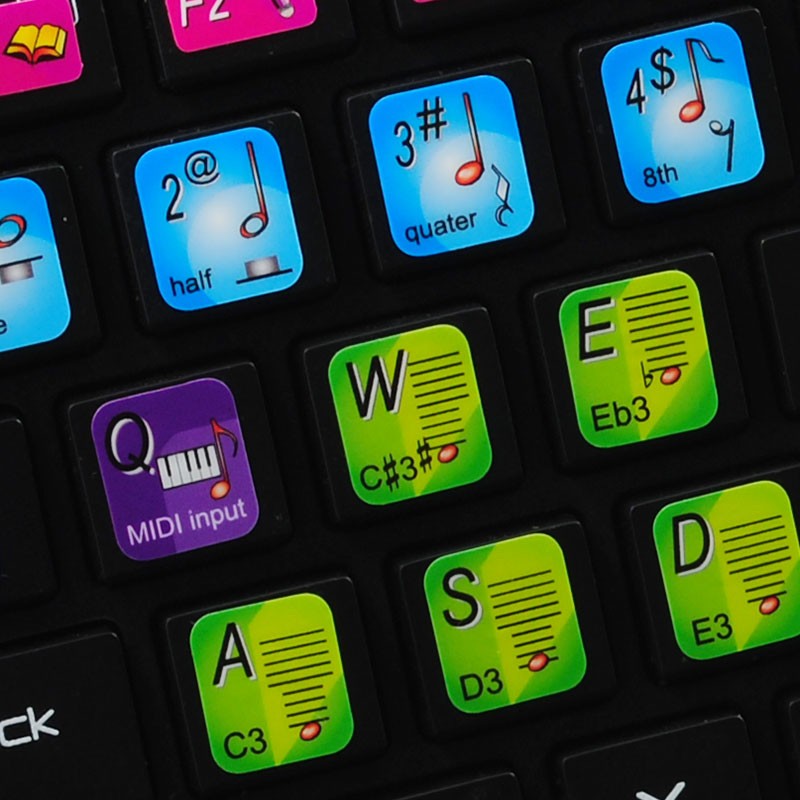

Note: Some of the excerpts in this chapter, including the excerpt shown in Example 28–7, are notably short and the modulations that take place therein do not last very long. The following example illustrates this method: This technique is a useful way to modulate to the dominant: a composer can end a phrase with a half cadence (on the dominant chord) and then simply begin the next phrase in the dominant key. In a direct modulation the composer ends a section in one key (typically with a cadence) and simply begins the next section in another. The simplest one is known as direct modulation. One of the most interesting aspects of the topic of modulation has to do with how composers manage to move from one key area to another. Tonicizations, on the other hand, are often limited to a single applied chord and its resolution.

The presence of a cadence (or several) with a pre-dominant–dominant–tonic progression in a key other than the global tonic is a strong indication that the music has modulated. As mentioned above, strong cadential progressions are particularly effective in confirming a modulation. Sometimes, for lengthier non-tonic key areas, the composer (or, perhaps, publisher) may even temporarily change the key signature. Since a modulation will explore a new key area, accidentals will appear and remain present for a prolonged period of time. There are a number of clues that will help you identify modulations. Further, they have greater weight because they tend to include one or more decisive cadential progressions. Unlike a tonicized chord, which retains its diatonic function, non-tonic keys remain in effect long enough to allow listeners to adjust to hearing them as new tonics. The important distinction between tonicization and modulation has to do with structural significance. One must keep in mind, however, that even a modulation is a temporary change of key because the vast majority of tonal music eventually returns to the global tonic.

In a modulation, by contrast, the listener does hear a new tonic. The progression V 7/ii–ii reminds us of the ubiquitous V 7–I, but the ii chord remains a pseudo-tonic-it never actually attains true tonic function. A ii chord, for example, retains its pre-dominant function even when tonicized by a V 7/ii. However, the diatonic function of the tonicized chord does not change. modulationĪpplied chords, as we saw in Chapter 27, emphasize diatonic chords by momentarily giving them tonic color. Finally, the chapter will conclude with a brief discussion of chromatic modulations, setting the stage for similar discussions of advanced techniques in the chapters that follow. From there we will move to a generic exploration of the topic, outlining a number of common modulations in both major and minor keys along the way. This chapter will begin with a similar discussion highlighting several characteristics that define the latter. In the chapter off applied chords ( Chapter 27) we discussed the difference between tonicization and modulation. Furthermore, certain key relationships are more prevalent than others-the relationship between the tonic and the key of the dominant, for instance, being by far the most common. (It is quite rare, in tonal Western art music, for a piece to end in a key other than the one in which it began.) In some pieces these non-tonic keys are more structurally significant than others.

Composers incorporate non-tonic key areas to provide contrast and to create anticipation for a return to the global tonic. In this chapter, we will broaden out scope to look at larger contexts in order to address the topic of modulation.Īlmost inevitably, a piece of tonal music explores one or more key areas besides the global tonic. Our discussion has focused on topics such as voice-leading and the relationships between individual chords. Until now, we have focused on relatively small-scale musical events.


 0 kommentar(er)
0 kommentar(er)
